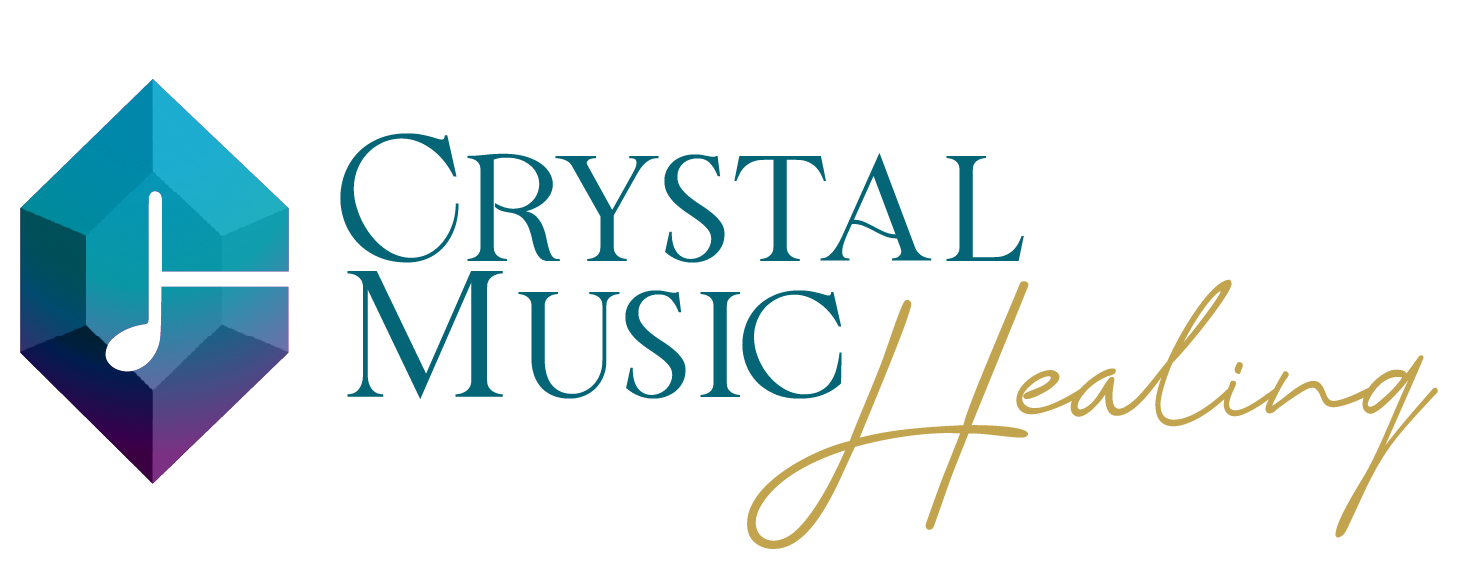The breath is the interface between your body and the infinite source of creation. The breath links your body to your consciousness, and through your breath you can communicate with and connect with every aspect of your body. The breath is also the main source of life-force energy nourishment for the body (prana). Every time you breathe, you are generating a little prana. We will walk thorugh 4 breathing exercises to help you accomplish this.
The more consciously aware you are of your breath, the more power you will possess at directing your life towards your desired goals. How often do you notice your breathing in a day? And how often do you consciously focus on your breath to deepen it, nourish your body and release stress?
There are three parts or regions of the breathing apparatus: the diaphragm, the chest and rib cage, and the collarbone. Full-bodied breathing uses all three. Most often throughout the day, we do not take full breaths, but instead breathe mostly from the chest, or the collarbone. One goal we can set for ourselves is to breathe more fully more of the time. This is achieved through focus, practice, and increasing your body awareness.
Warm up Exercises: Take several breaths for each exercise
1) To feel the diaphragm, put your hands on the small of your back, just below your rib cage so that your fingers are on either side of your spine and your thumbs are pointed forward, wrapping around your sides toward the front. Take deep belly breaths, and notice if you can feel movement under your hands. The diaphragm attaches all around the base of the rib cage, and when it is engaged in breathing, it inflates like a rubber tire.
2) To feel your rib cage expand and contract, put your fingers along your sternum, so that your middle fingers are about where your fibs come up and meet in a “V” and cup your hands around your ribs. Your elbows should be pointing straight out to the sides. Inhale and exhale focusing on your chest to feel for movement of expansion and contraction of your rib cage.
3) To feel your collarbone, place your fingers all along the upper ridge of your collarbone so that your pinkies are in the notch at the base of your neck. And your thumbs are out toward the sides, under the collarbone so you can almost pinch the bone between your thumb and fingers. Your elbows will be pointing straight down at your sides. The collarbone is attached to your rib cage by a sliding joint, meaning there is no socket or hinge. It simply glides along the cartilage. Feel your collarbones glide out toward the side when you breathe in and in toward the center when you breathe out.
To increase mobility here, rotate your elbows up and back in a circle when your breathe in, and down and around when your breathe out. You can reverse the motion too.
4) Now we will combine all three parts in to one continuous breathe. Breathe in starting with the diaphragm, and let the breath roll up into your chest filling your ribcage, and then all the way up beneath your collarbone. Make sure to keep your shoulders relaxed. Then exhale, starting with the collarbone, then contracting the chest and rib cage, and finally squeezing out any remaining air with the diaphragm.
